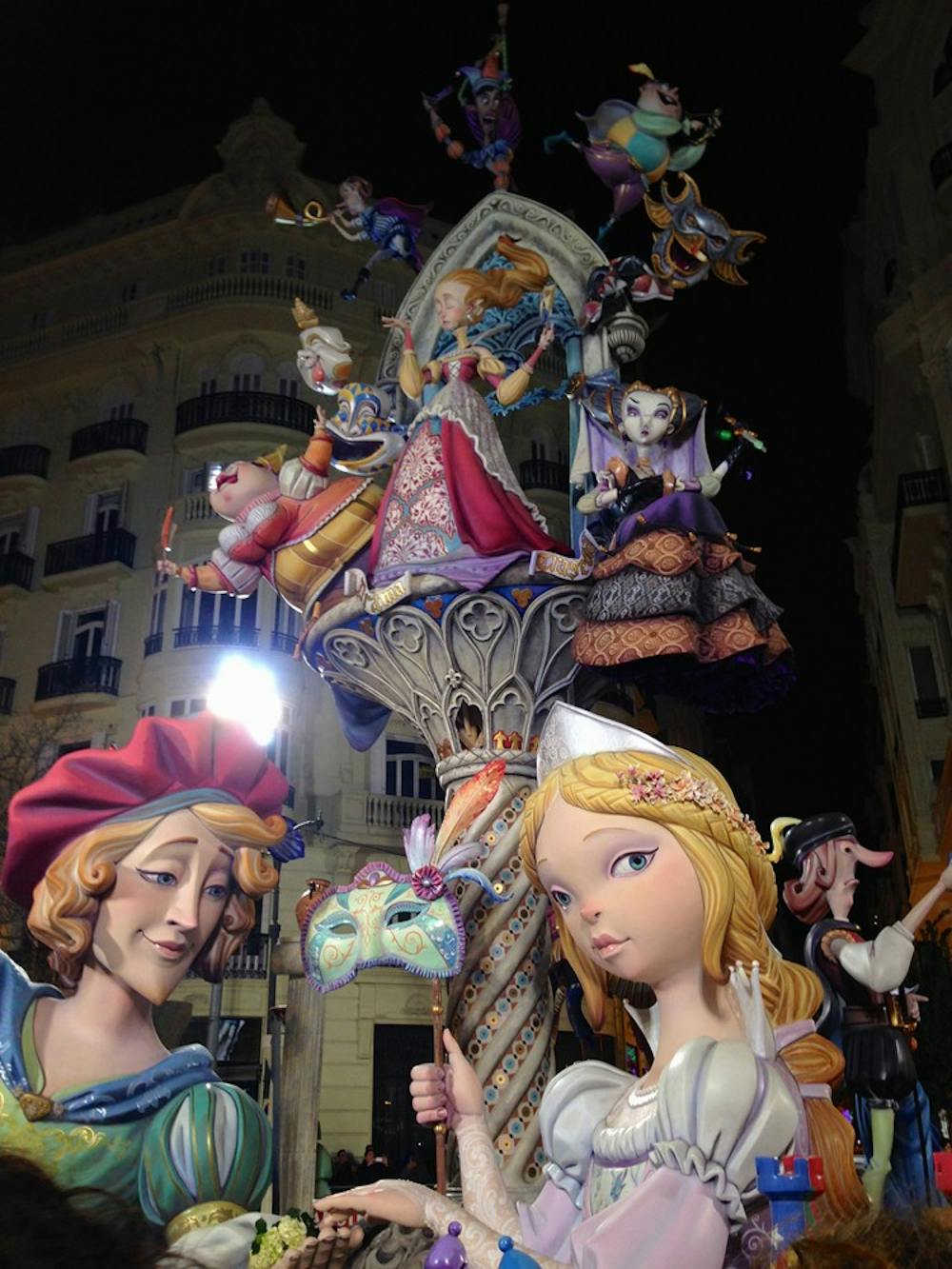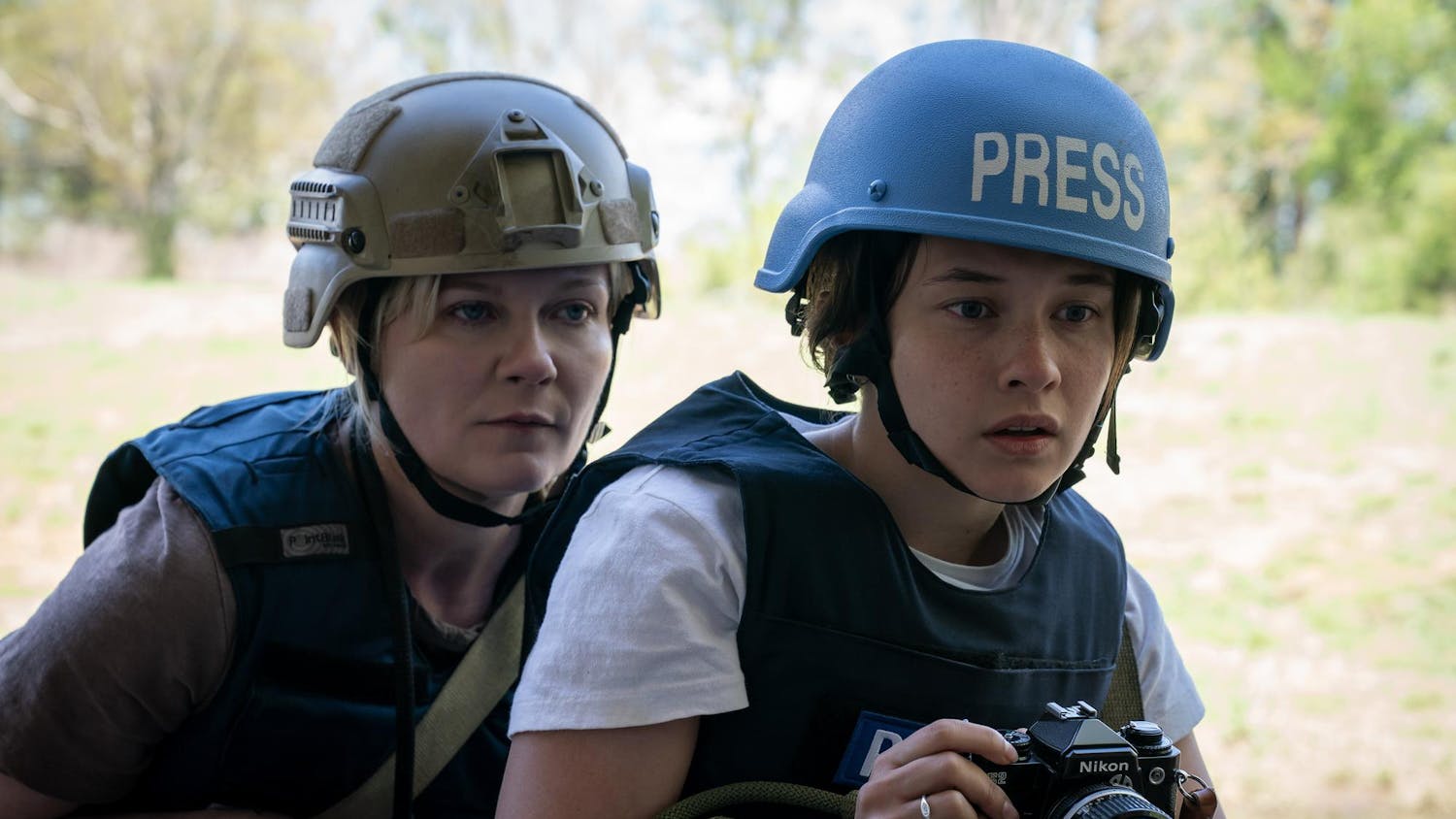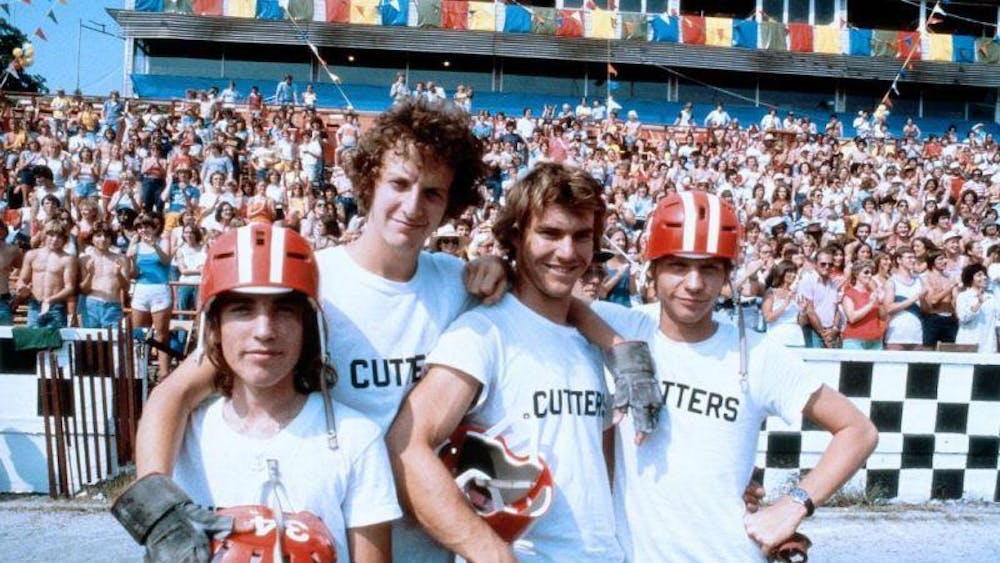Before my program said goodbye to Madrid for a week and a half for spring break, we were given the opportunity to attend Las Fallas, one of the biggest ?festivals in Spain.
Las Fallas, or Fallas (fay-as), as many Spaniards call it, dates back to medieval Spain, possibly earlier. With the intervention of the church, it became a celebration of the festival of Saint Joseph.
The festival is a five-day event leading up to the burning of Las Fallas in commemoration of Saint Joseph. Las Fallas are massive, delicately constructed satirical pieces. Each year, the city of Valencia decides the theme of Las Fallas for the next festival, and then the Cassal Faller, groups and guilds of people in Valencia and Spain, construct their Fallas.
They are loaded with satire, drama and tradition. Because we were in Valencia, one Falla we saw was a massive underwater scene.
During the five-day event, Las Fallas are given prizes, and there are fairs and celebrations of traditional Valencian culture. Then on the fifth day, each of the Fallas are set on fire in a massive celebration called La Cremá, or The Burning.
That was the day we came to the festival. My program works with a Spanish travel agency that plans trips in and around Spain, and a large group of students signed up and traveled five hours by bus early in the morning to see both Valencia and Las Fallas before they were burned.
It was, technically, my first time in Valencia, but it was not a typical visit. The entire city was on the streets celebrating its heritage and culture in a way that was significantly more palpable than the average trip.
Many of Las Fallas contained imagery we couldn’t place — stereotypes we didn’t have the context for or political or religious figures we knew vaguely but not enough to understand why their image had been used.
Much of the trip was spent on our phones looking up the history of the event, person or movement. Even though fairs and festivals can feel superficial, we were able to get an in-depth look at not only Spanish culture but Spanish mindset.
La Cremá itself, however, was an entirely different physical experience. Las Fallas are spread throughout the entire city, so you could only watch two burn, three if you’re strategic. We saw a falla depicting a fairytale scene — a prince proposing to a princess — and decided immediately that was the one we wanted to see burn.
It took almost an hour for the crew members to rig it properly before they set it on fire. When they did, the fire lit quickly and the physical force of the heat and smoke pushed the entire crowd back more than a few feet. The structure, about two or three stories high, was engulfed in flames.
Smelling of smoke and with feet swollen from hours of standing to watch Fallas burn, we headed back to Madrid.
The only thing I can say is, if you go to Las Fallas, stand a little further back.
ewennig@indiana.edu






